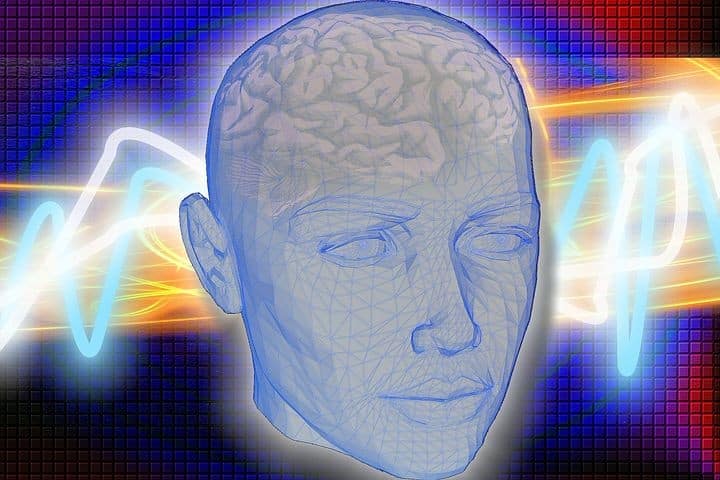
First of all: Every brain is different. Not only are there differences between the brains of men and women, but brains can also be distinguished based on their age, variability regarding their individual personality traits, performance differences or cognitive impairments. Additionally, there are other factors that influence individual variability in the brain. These include hormone fluctuations, temporal rhythms, changes in motivation and other internal and external factors. It is only when all these are taken into account that individual prognoses about variations in character traits, cognitive performance, human behavior as well as clinical pictures are possible.
As you can see, the brain is quite complex. Nevertheless, we have to start somewhere. Jülich researchers led by Dr. Susanne Weis have successfully trained a self-learning software to detect whether an fMRI scan shows a female or male brain using artificial intelligence (AI). Although there have already been several studies on the difference between male and female brains, these are controversial due to the very small amount of data. Factors that are not obvious can easily falsify the results.
“Our methodology using artificial intelligence, on the other hand, produces very trustworthy results”.
…, explains Dr. Susanne Weis from the Institute of Neuroscience and Medicine at the Research Center Jülich and the Institute of Systemic Neurosciences at the Heinrich-Heine-University Düsseldorf.
DIFFERENCE IN FUNCTIONAL CONNECTIVITY
According to the current study, the female and male brains differ particularly in the functional connectivity of certain areas of the cinguli gyrus (part of the limbic system), the precuneus (important for visual perception), and the medial frontal cortex (important for controlling situational actions and regulating emotional processes). Ultimately, these networks are essential to speech function, the processing of emotions, and social perception.
The brain researchers led by Susanne Weis and Prof. Simon Eickhoff initially used brain scans of 434 volunteers between the ages of 22 and 37 of the “Human Connectome Project” for their study. The brain scans – more precisely: the functional magnetic resonance imaging (fMRI) – reveal areas in the brain that are active at the moment of acquisition and interact with each other. The subjects let their thoughts wander during the recordings. Weis:
“Our results are based exclusively on the activity at rest, meaning the subjects did not have to work on any specific tasks. It is therefore about the intrinsic, task-independent functional organization of the brain”.
And not, as some might have liked to see confirmed, about differences in solving cognitive, mathematical or creative tasks.
TRAINING THE SOFTWARE
The researchers trained their learning software to assign the sex of the test persons to the neuronal connection patterns. The scientists also always gave the software feedback to which extent the result was correct. This enabled the AI to gradually improve its mathematical model. The scientists then used the AI to use fMRI images to predict the sex of 310 other Human Connectome Project volunteers and 941 of the 1,000-brain-study volunteers. Its predictions were accurate around 70 percent of the time.
“The study results show that areas in the brain are linked differently in women than in men”
…says Susanne Weis. She stresses:
“The results, however, do not allow conclusions such as ‘Women are better at dealing with feelings’.
TAKING OTHER FACTORS INTO ACCOUNT
The question of what reasons there are for these differences in the brain must also remain open: For example, both biological and acquired causes could be conceivable, for example through the way one was brought up. Therefore, she once again underlines that “the male” or “the female” brain does not exist, and
“…that the individual differences in the brain are influenced by many more factors than just biological gender, such as social influences, hormones, and gender identity.”
In the current study, Weis’s research team initially considered gender to be purely binary. In principle, they could also use the applied methodology to investigate the extent to which inter- or transsexuality, for example, is reflected in the networks in the brain.
“However, this would require brain scans and data from a larger number of inter- or transsexuals. But extensive studies are not available yet”
…says Weis. The scientist also has another research goal in mind:
“We want to find out which factors modulate gender differences in brain organization. We are particularly interested in the influence of naturally fluctuating hormones – such progesterone, estradiol, testosterone – and the self-perceived gender identity.
The study by the scientists from Jülich, Düsseldorf and Singapore recently appeared in the journal “Cerebral Cortex”. The original publication can be read here.

